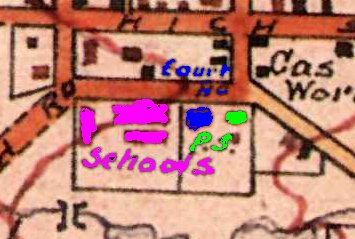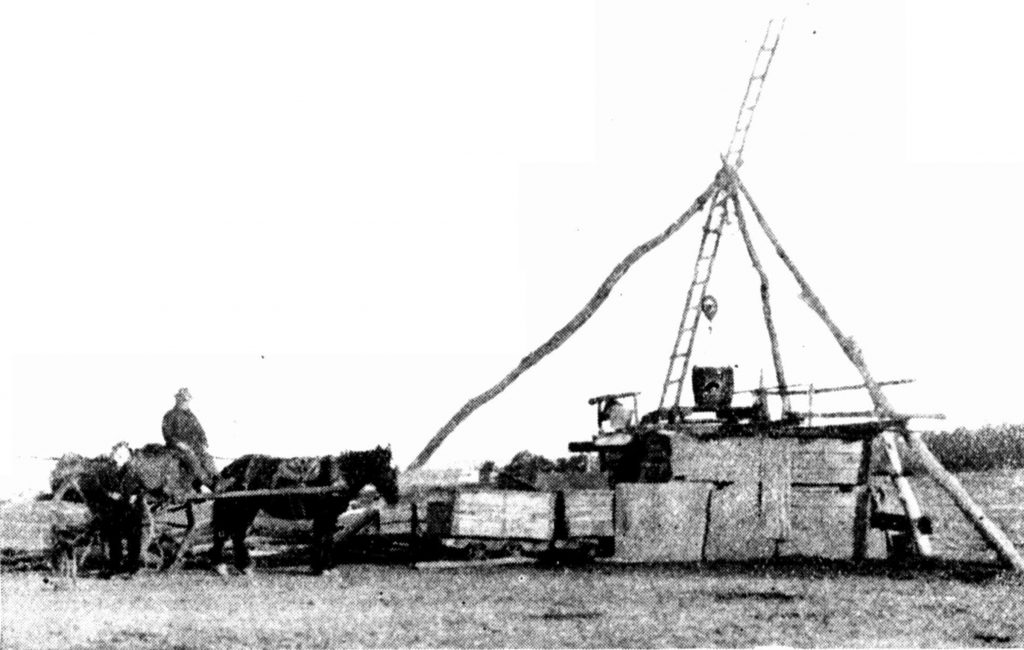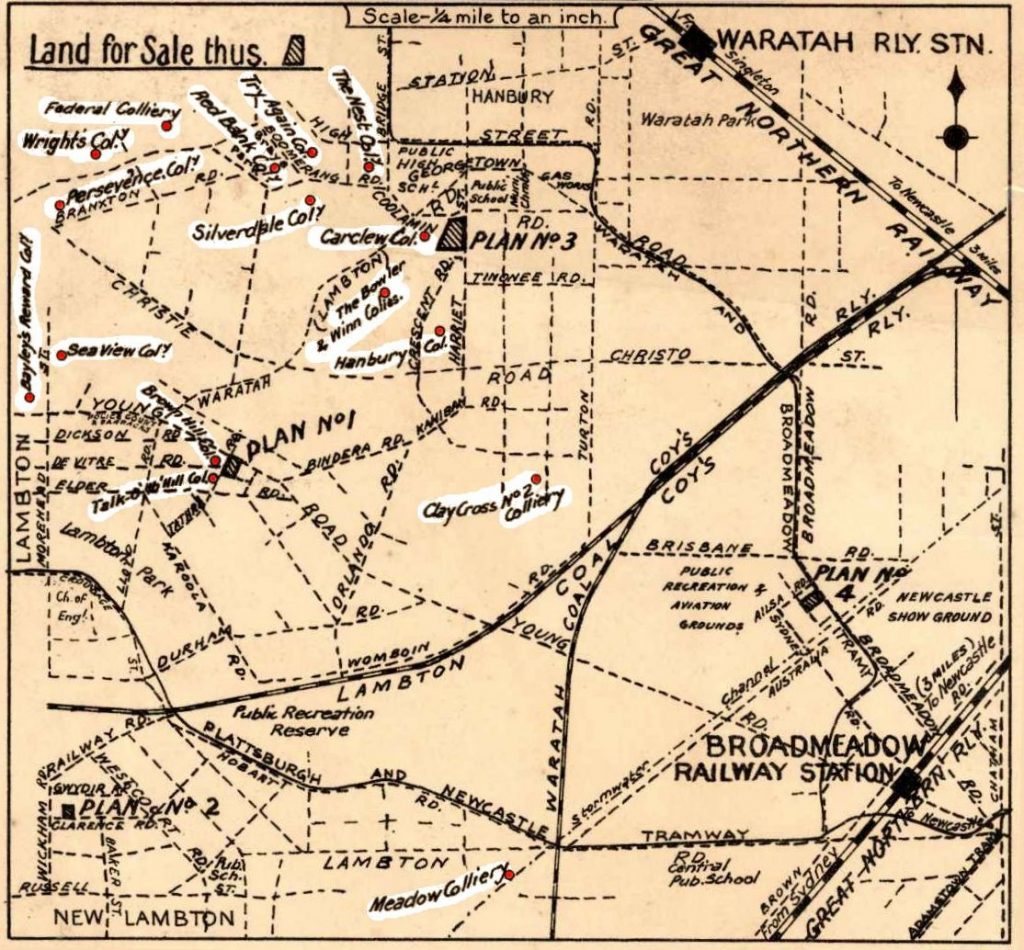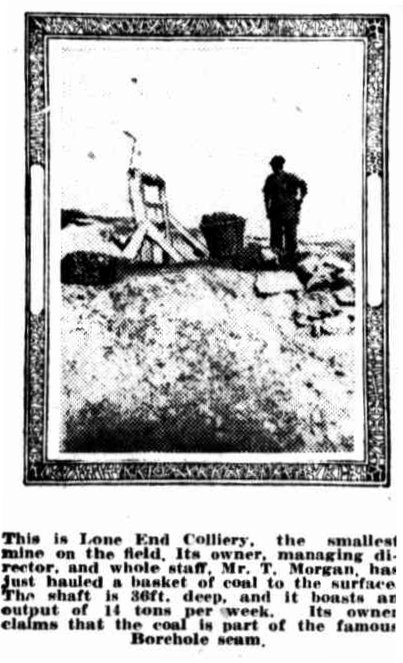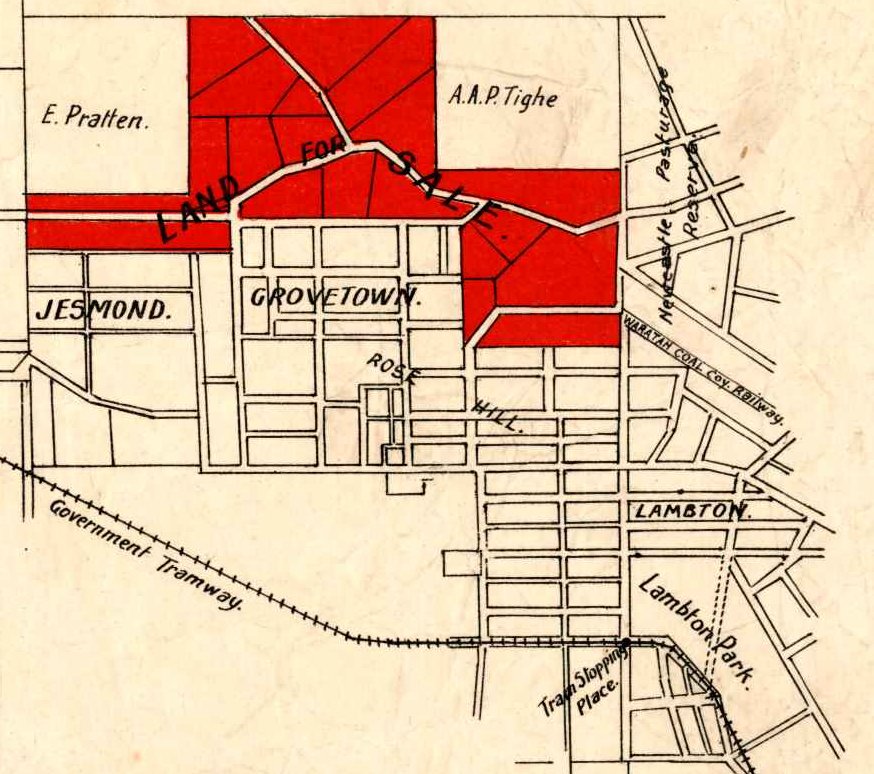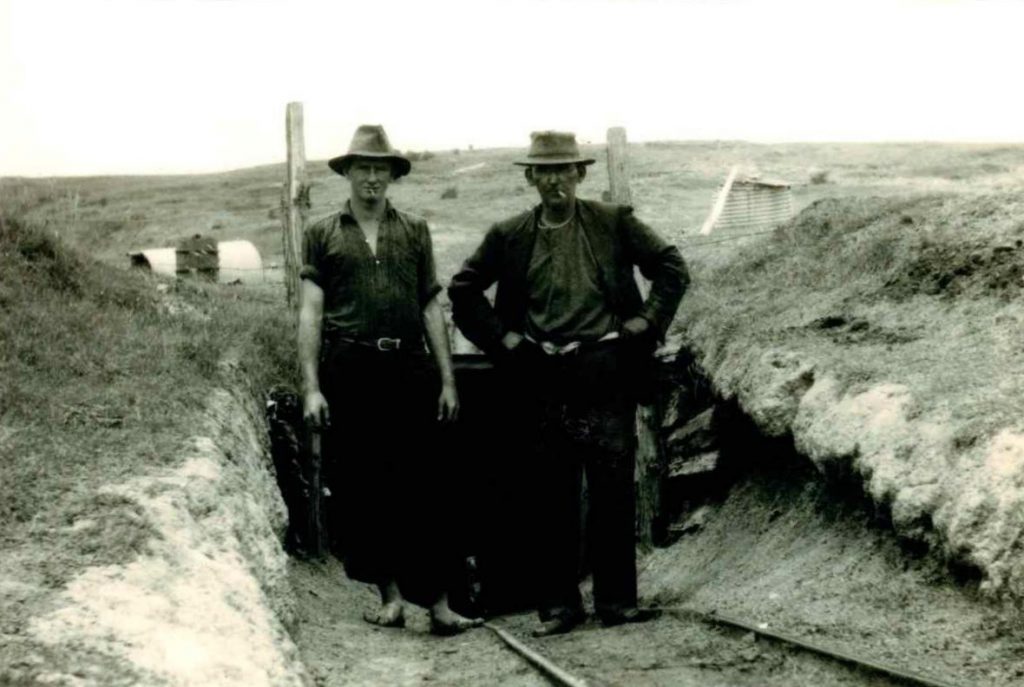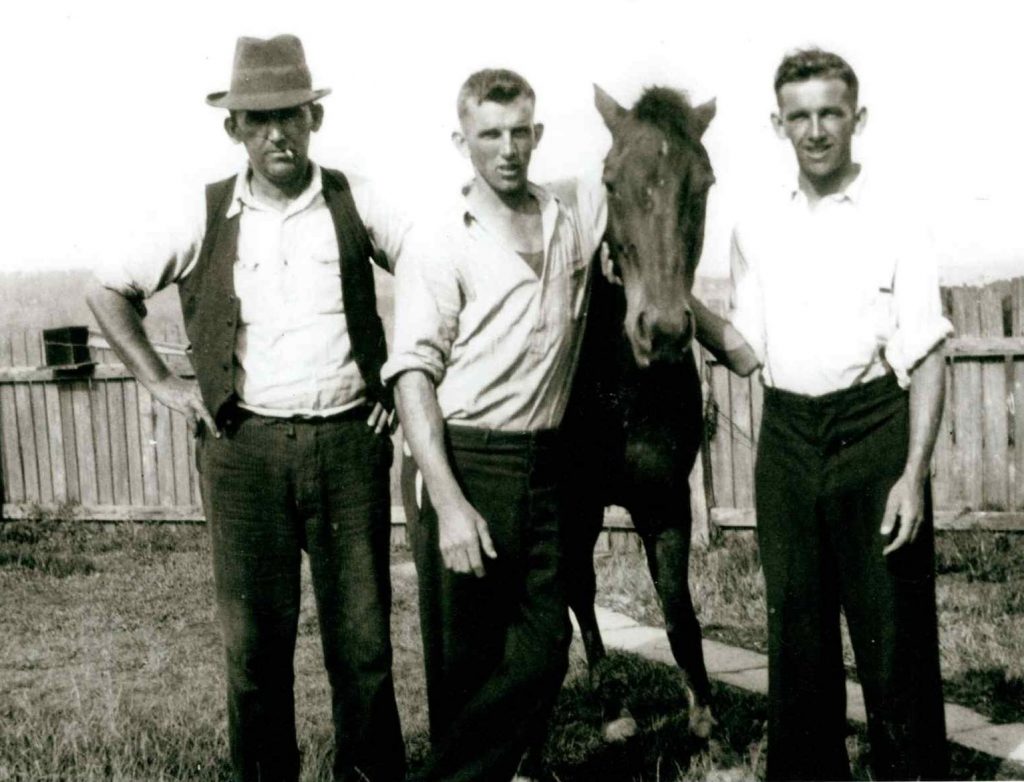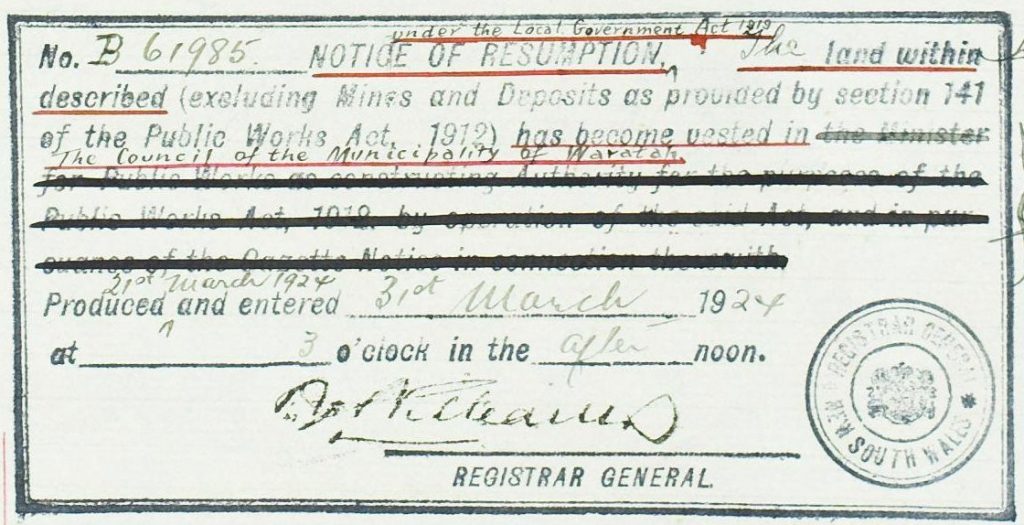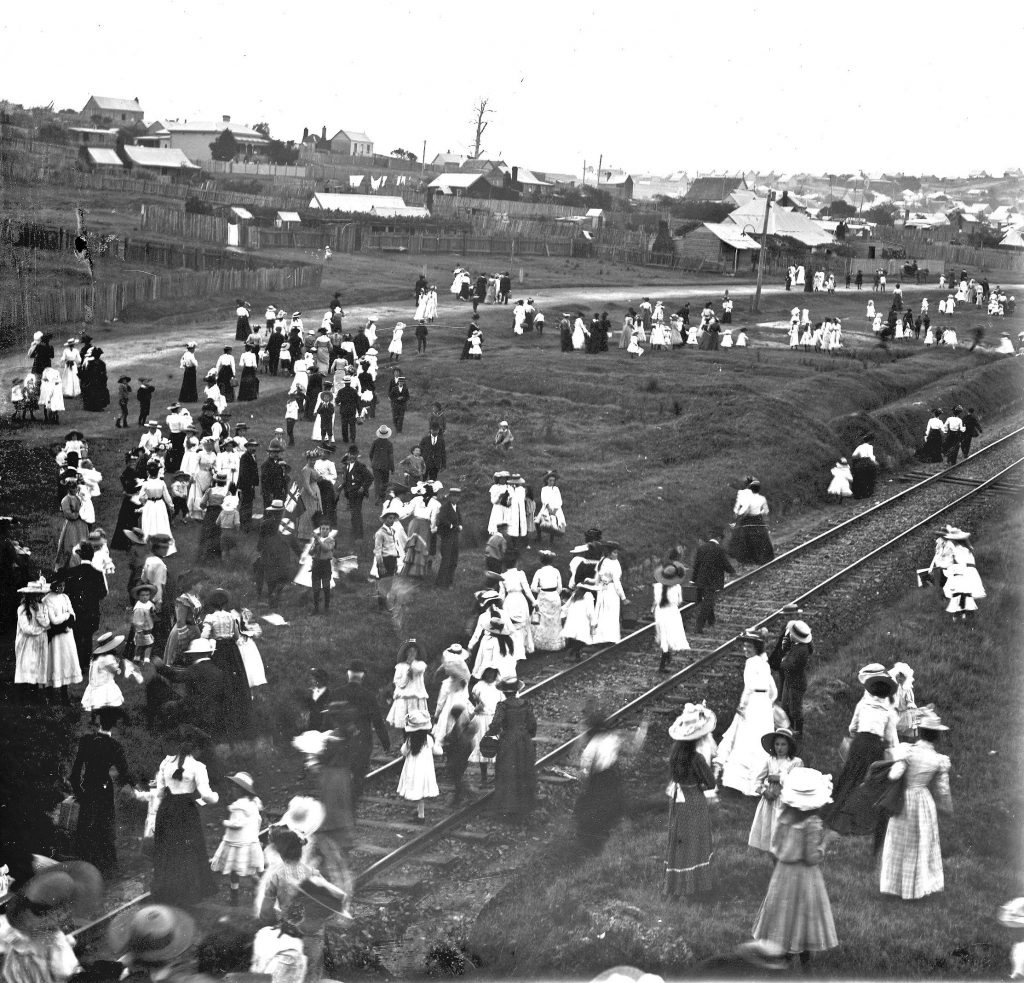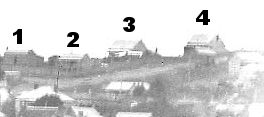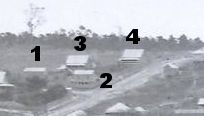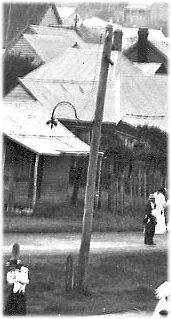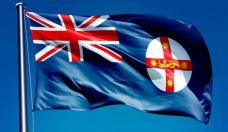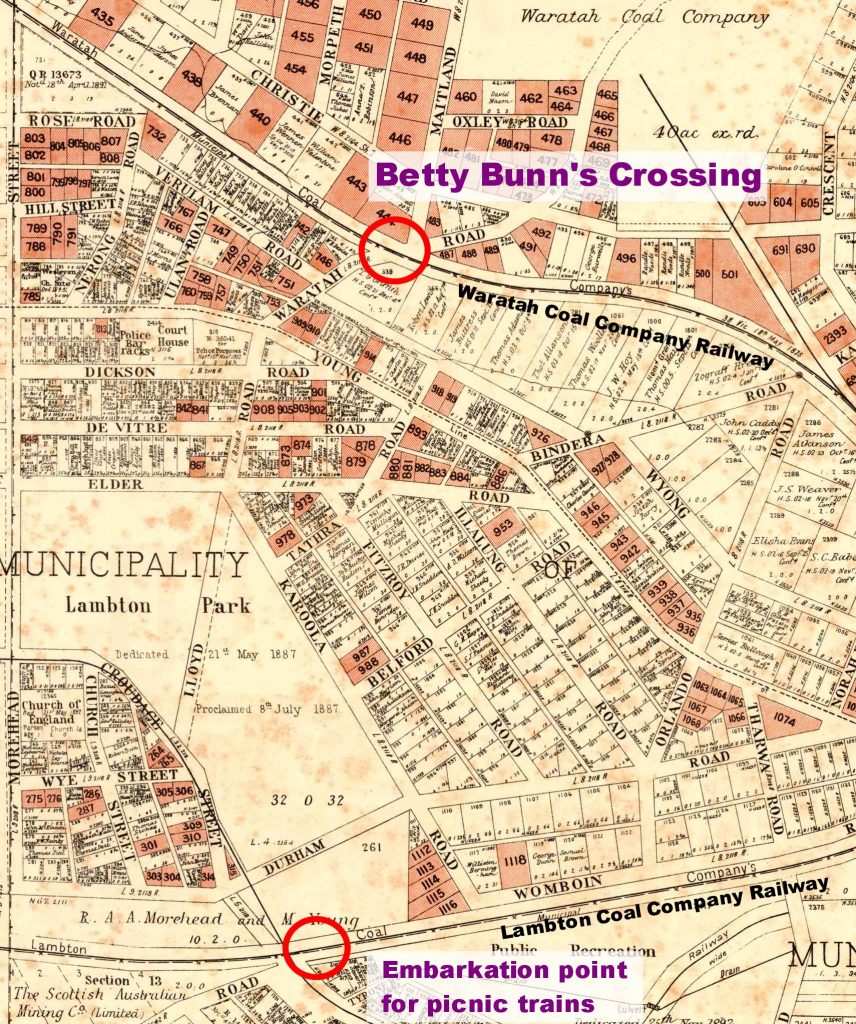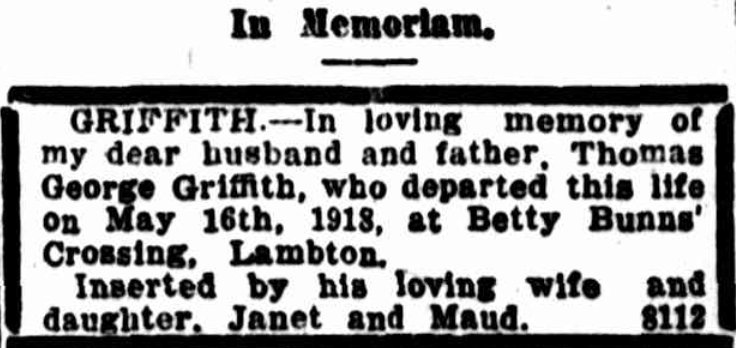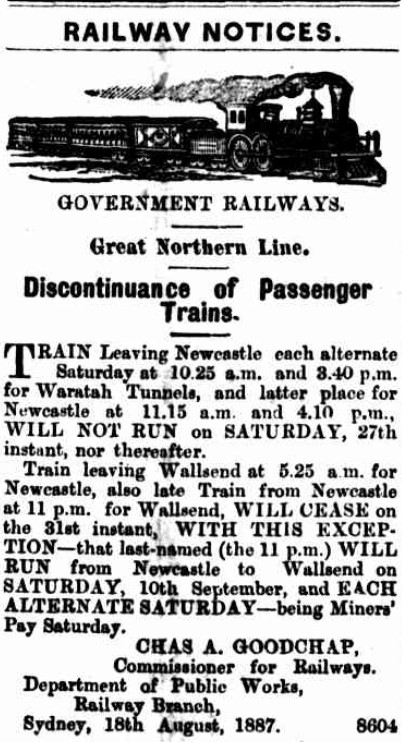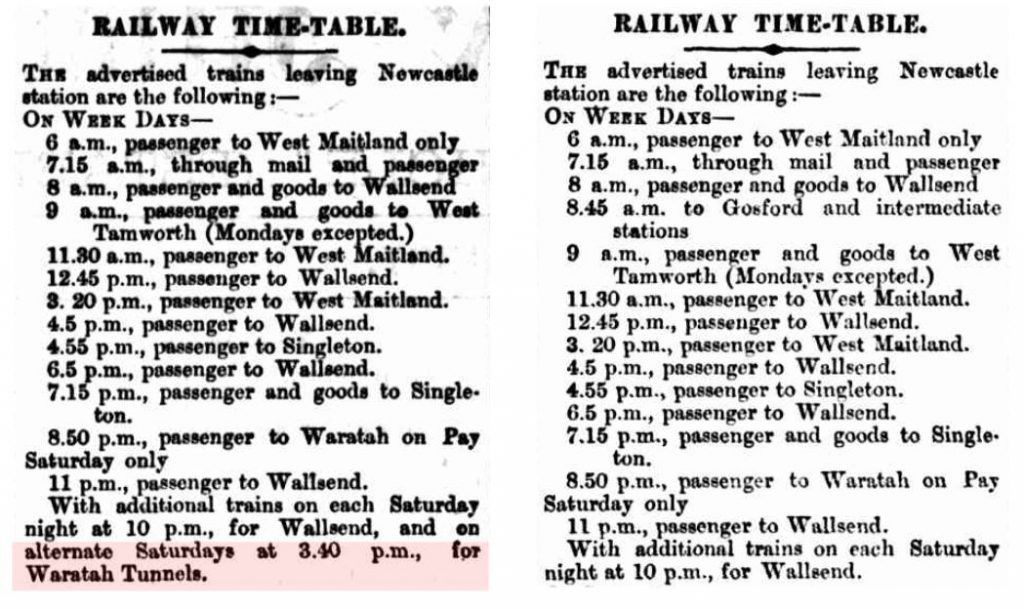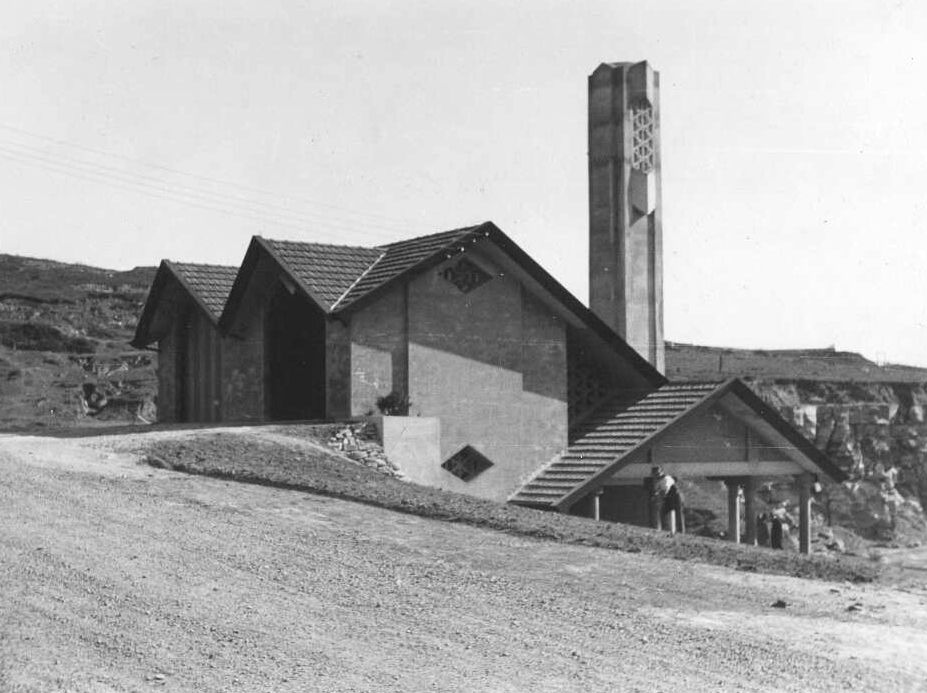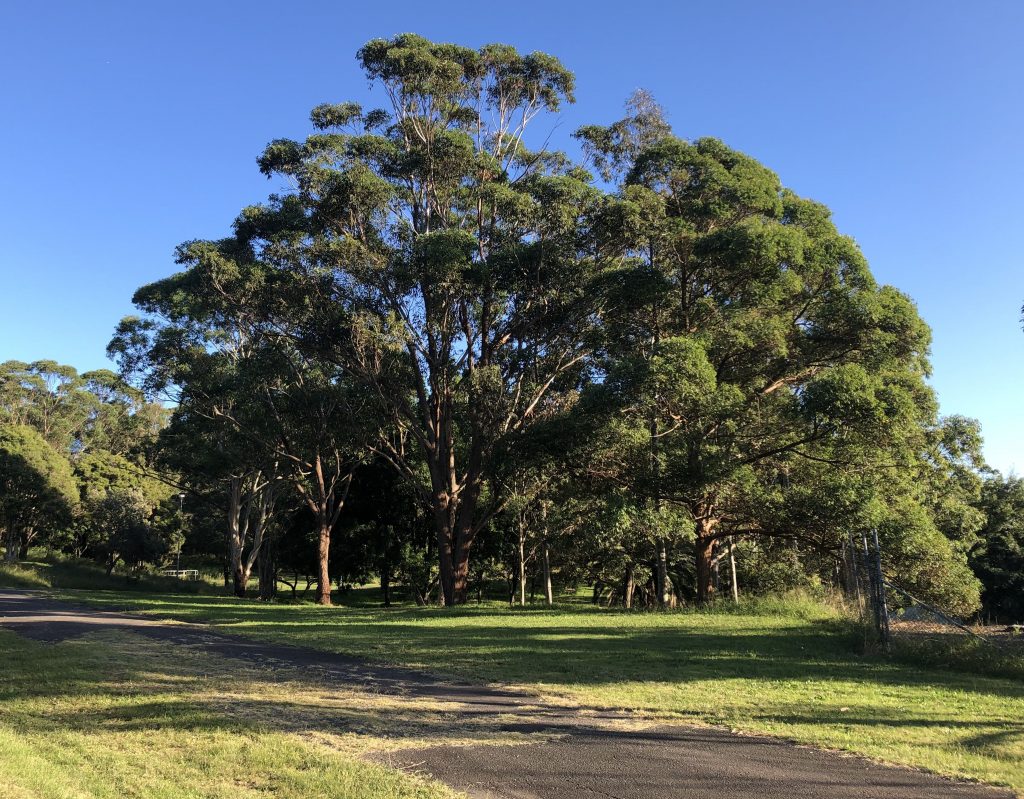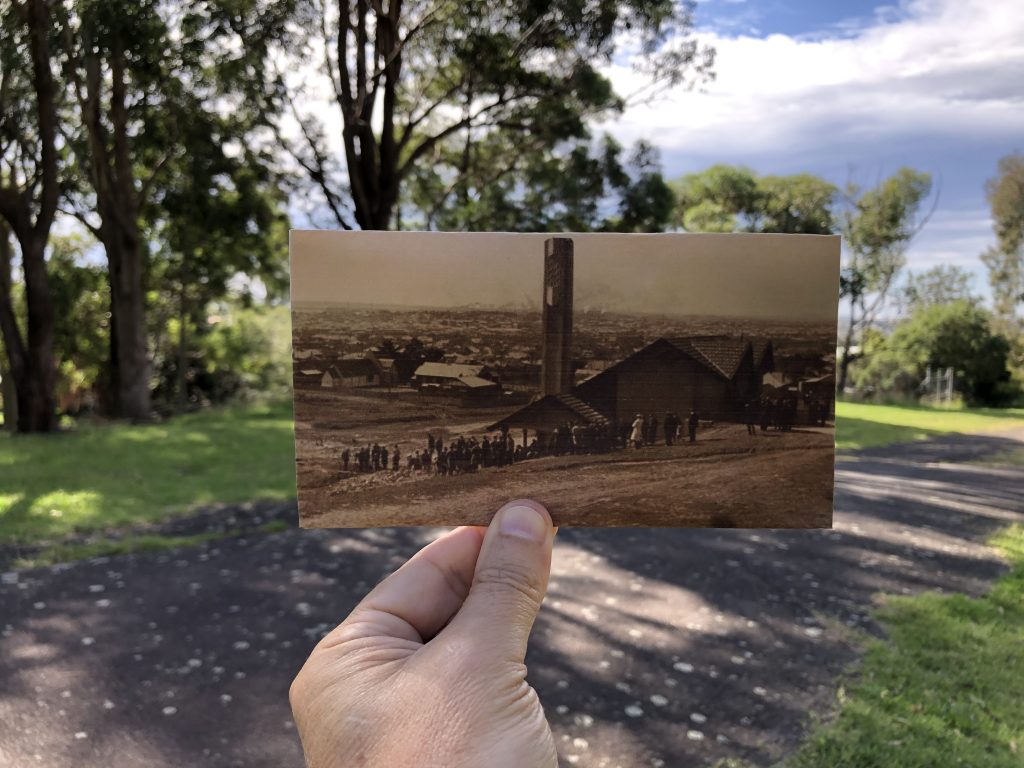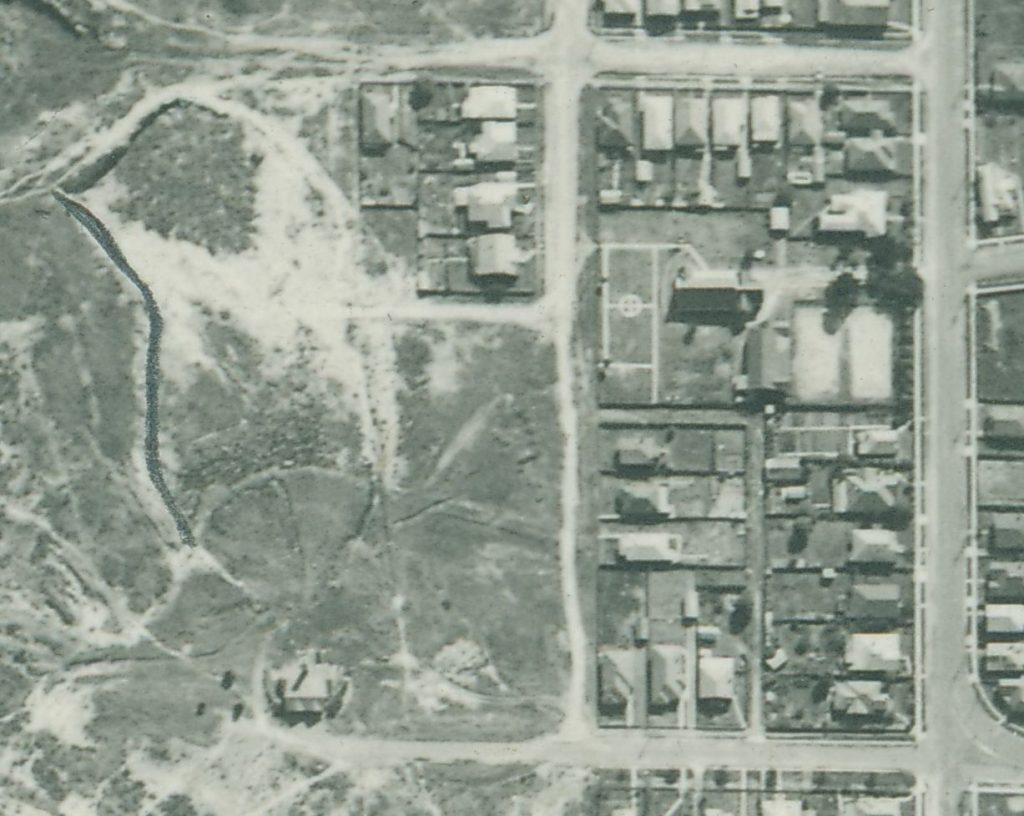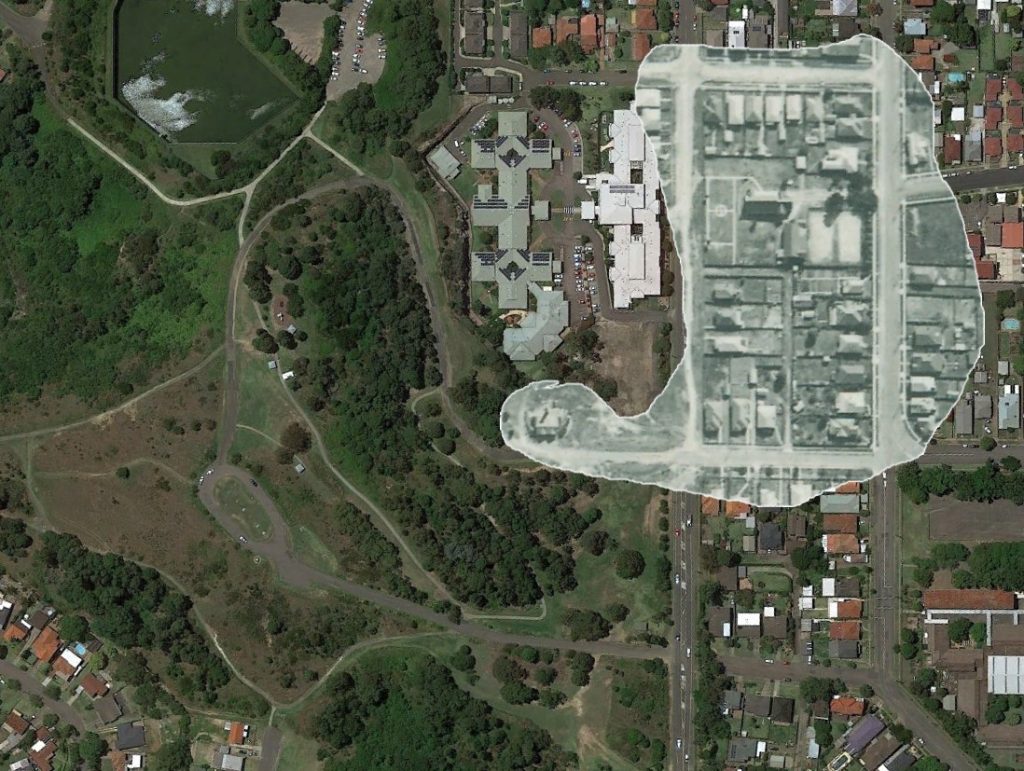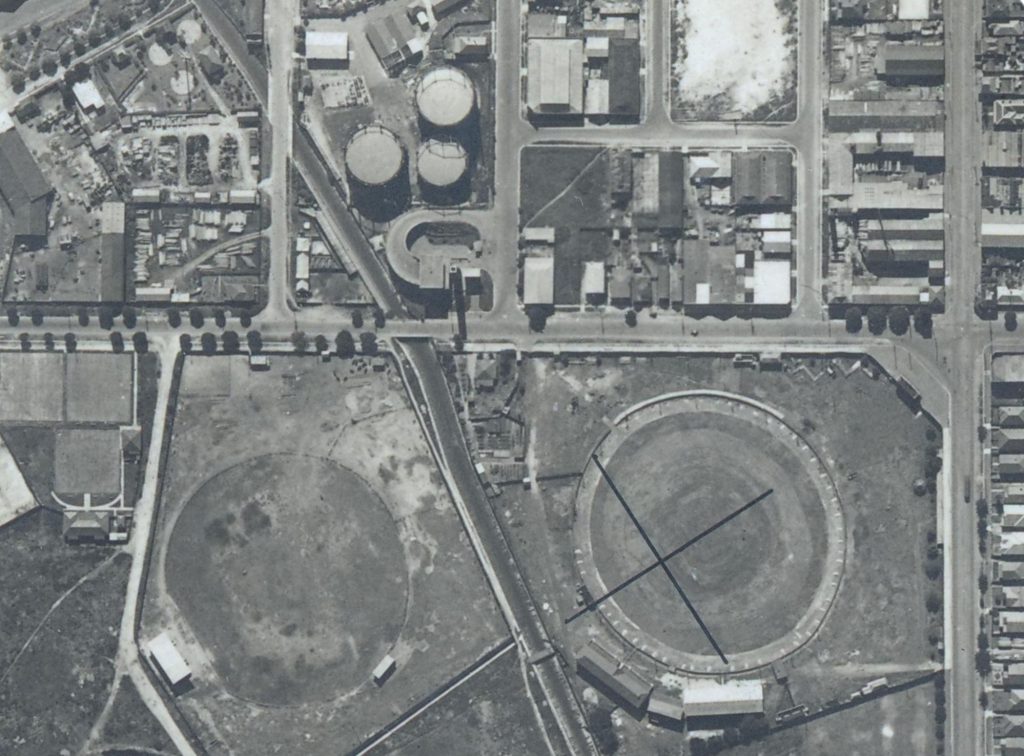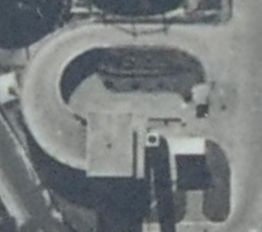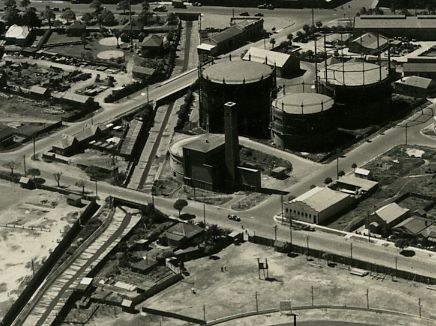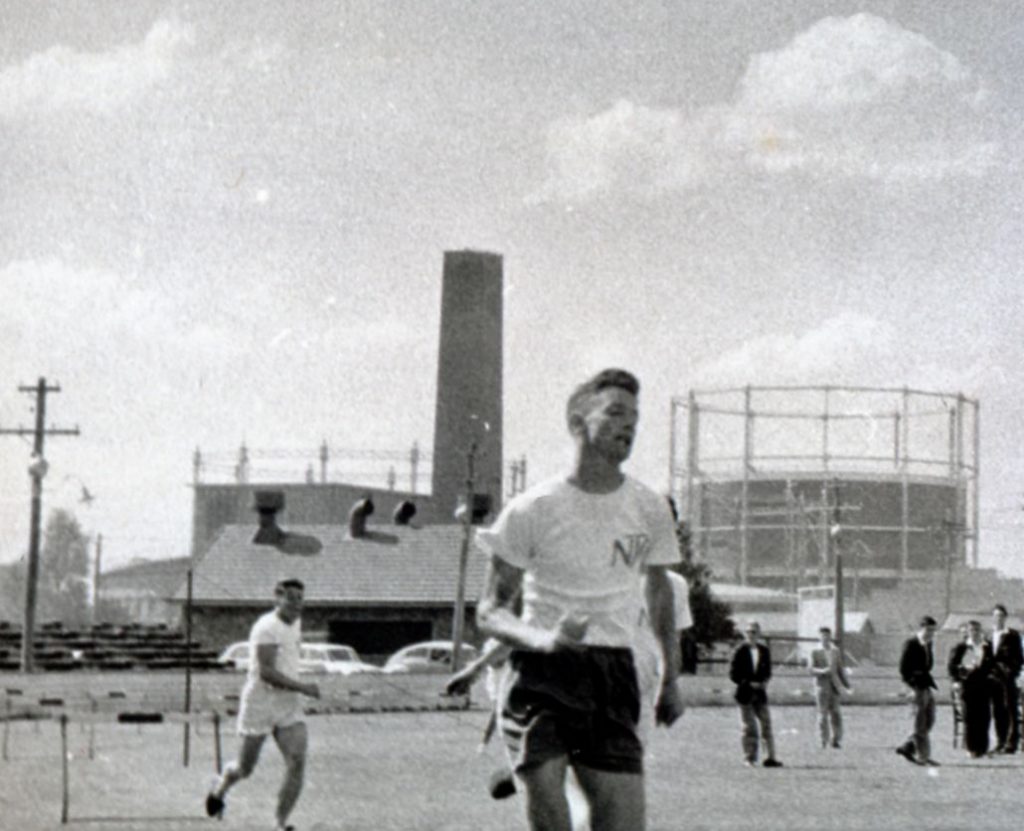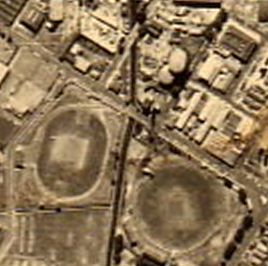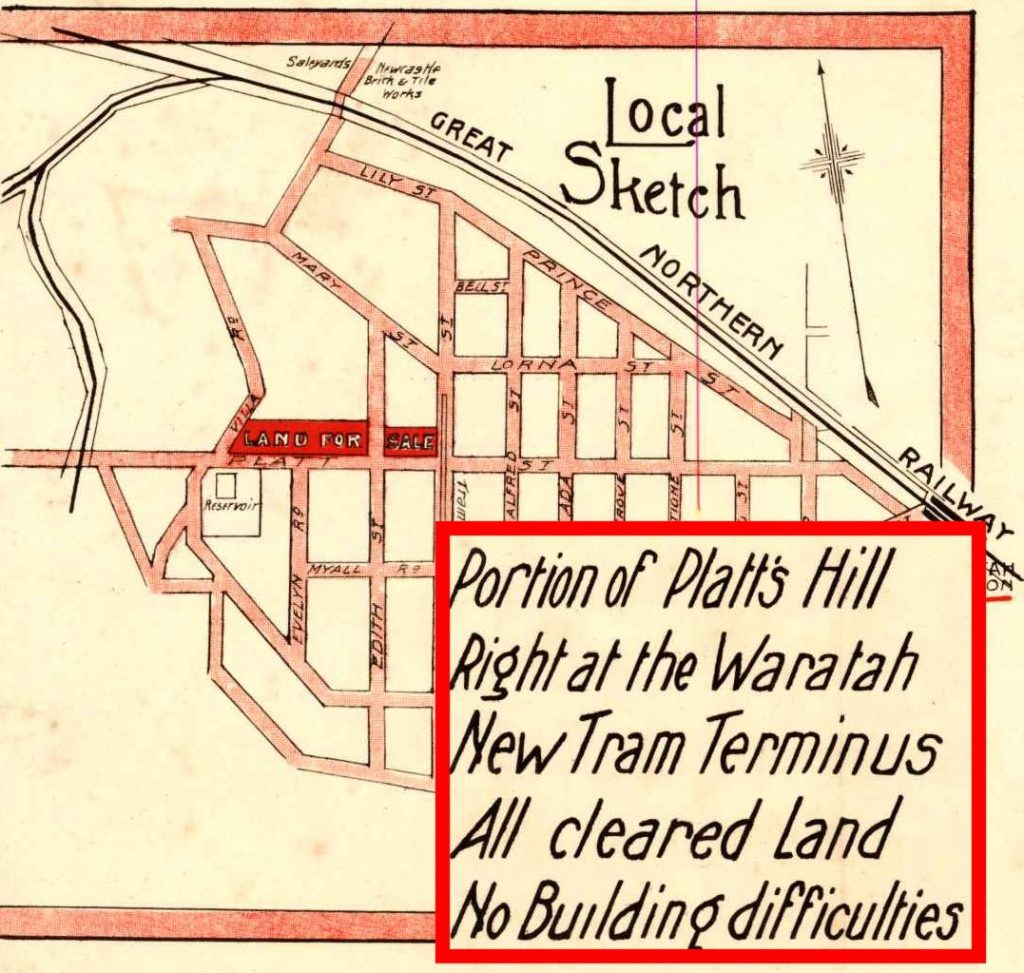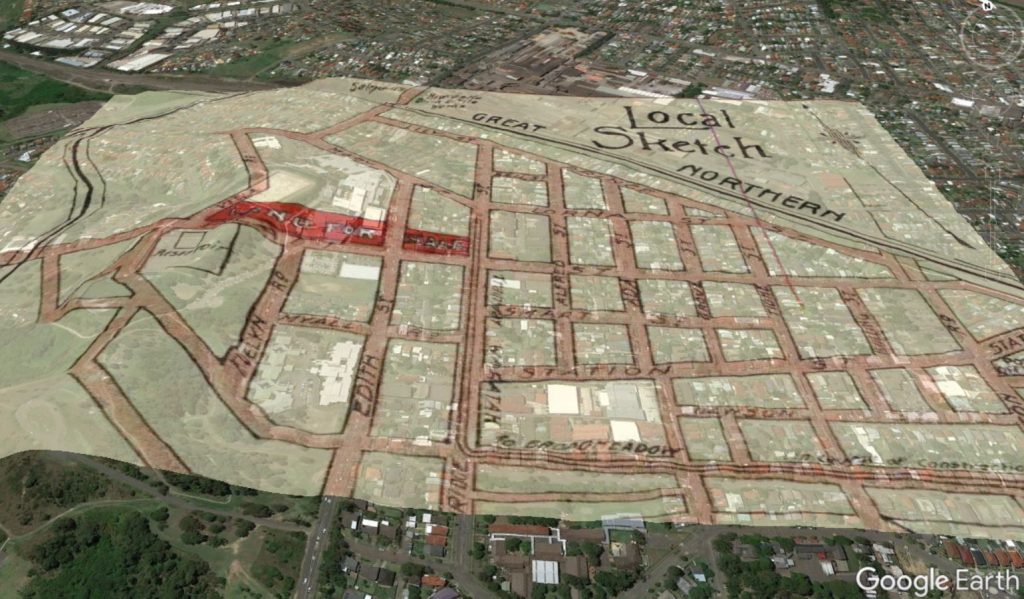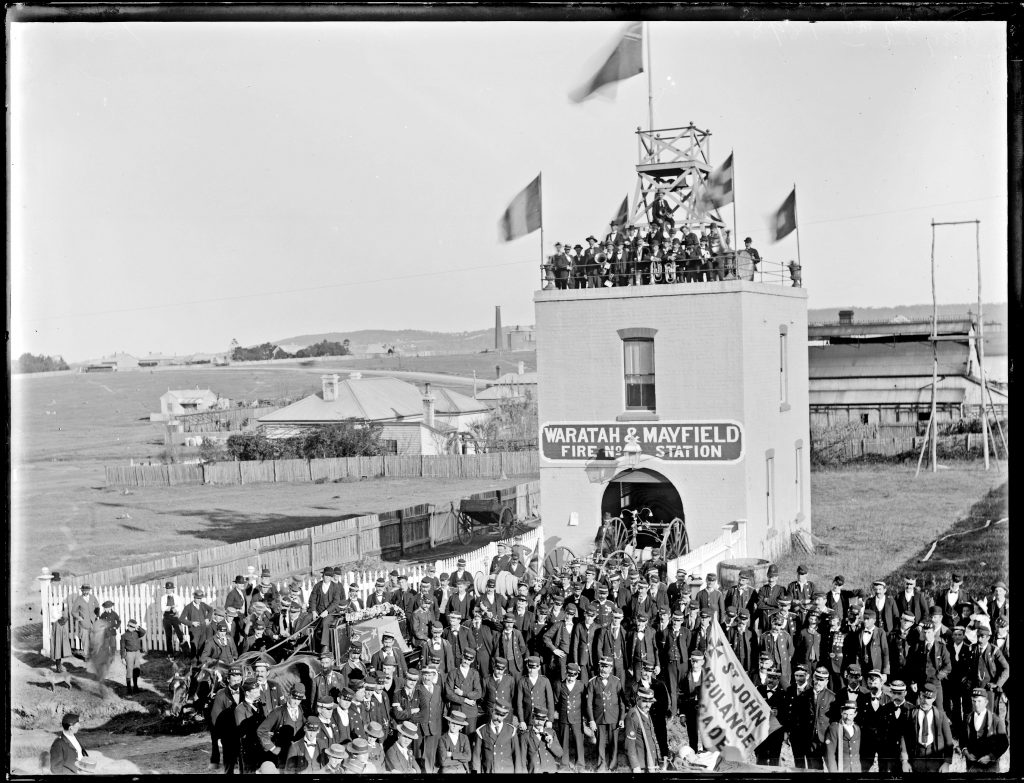Sometimes it seems that half the buildings in this city are being demolished to make way for something new. So it’s nice to occasionally note a significant anniversary in the life of an historic building.
After the Waratah Coal Company opened a mine in 1863, the population grew rapidly as miners and their families settled nearby. The residents petitioned the government, and the Municipality of Waratah was formed in 1871 to advance the town’s interests.
The new council first met in several rented premises, but soon decided to acquire a building of their own. In September 1872 they awarded contracts amounting to £376 for the construction of council chambers on a one-acre site beside the public school on Georgetown Road. They held their first meeting in the new chambers on 16 June 1873, but it was an inauspicious start. The Newcastle Chronicle reported ….
“The interior presented a most cold and dismal aspect, being insufficiently lighted and furnished, with one table and a few chairs. From the entire absence of anything approaching a celebration of the event, and the depressing appearance of the inside, the impression conveyed was that the councillors were thoroughly ashamed of the building, themselves, and the occasion.”
Undeterred by this gloomy assessment, the Councillors were intent on making Waratah a pre-eminent administrative centre. They invited the Government to use the chambers to hold a fortnightly Court of Petty Sessions. When neighbouring Lambton lobbied for a Courthouse in their town, Waratah responded by offering to sell their chambers to the government for Court use. The building sale was completed in 1879, but it was not until 1882 that council vacated, and Waratah finally had a dedicated Courthouse. The Court operated in the building until August 1922. It was then used as a classroom to accommodate growth of the adjacent public school. Despite its “dismal” start 150 years ago, the building is still in use today, part of the Dynamic Learning campus of Saint Philip’s Christian College.
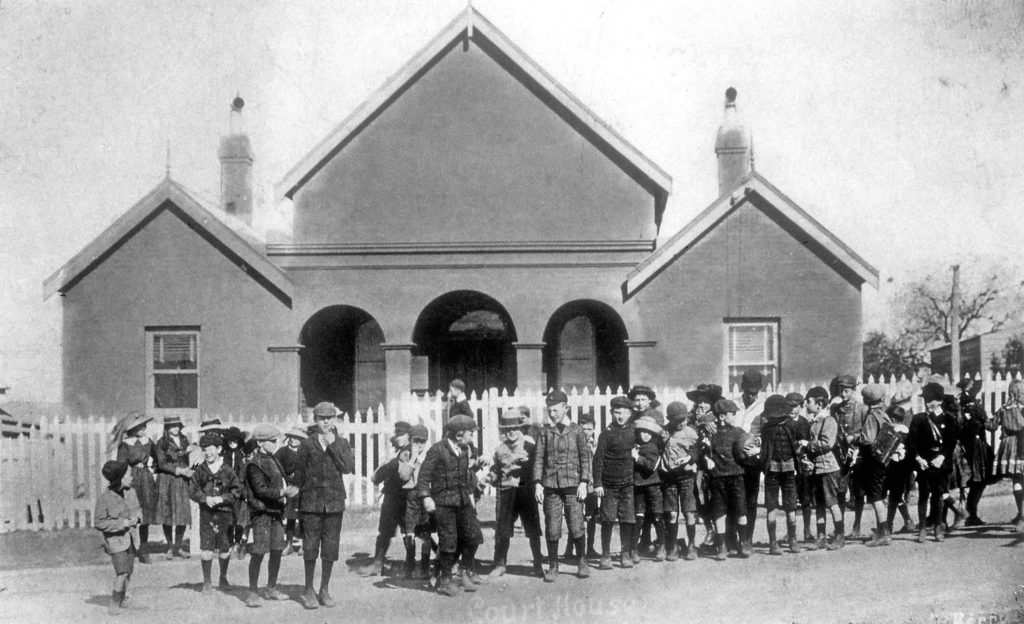
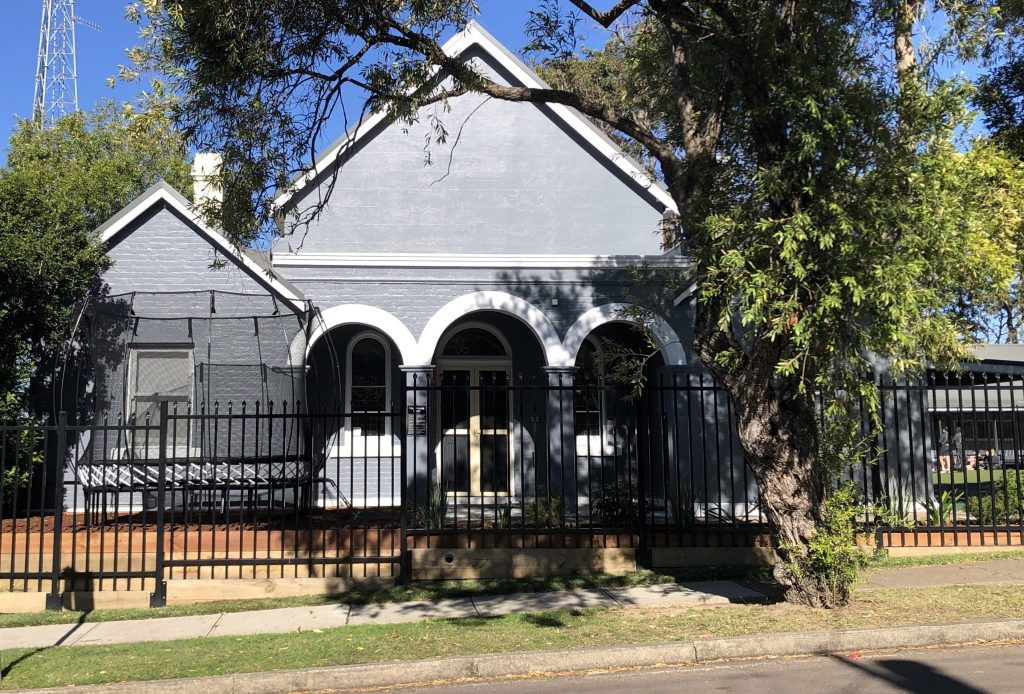
The article above was first published in the July 2023 edition of The Local.
Additional Information
The Miners’ Advocate of 9 May 1873 described the Waratah council chambers building as it neared completion.
In a few days this handsome little building will be completed, and ready for public use. It stands on the breast of the hill, whereon the public school is situated, close to, and parallel with, that edifice. The architectural design is Gothic, in harmony with the school. The Council Hall is a fine apartment 30 feet deep, by 18 feet in width, and 16 feet from floor to ceiling. It is admirably lighted by three fine oblong windows on each side, and two in front and rear. The face of the building comprises a lofty arcade 19 feet long by 7 feet wide, supported by two pillars forming three arched entrances. The arcade is flanked at each end by a convenient room 14 feet by 10, for committee or retiring rooms. A stone tablet built into the front records the year of the erection and the name of the Mayor of the Municipality. We are not aware that any public demonstration will attend the opening of the chambers.
The Waratah Councillors first used their new chambers on Monday 16 June 1873. The Newcastle Chronicle’s report was unflattering, but with a hint that things may get better …
The Municipal Council of Waratah held their first meeting in the new council chambers, on Monday night last. The interior presented a most cold and dismal aspect, being insufficiently lighted and furnished, with one table, a few chairs, and a couple of deal forms. From the entire absence of anything approaching a celebration of the event, and the depressing appearance of the inside, the impression conveyed to the observer was that the worthy municipal councillors were thoroughly ashamed of the building, themselves, and the occasion. No doubt the chamber will, in due time, be properly lighted with chandeliers, and the walls relieved by a few maps, &c. The arrangements would be improved by appropriating the upper part of the hall to the aldermen, and the portion next the door to the public.
Maps
The block of land occupied by the Waratah Council chambers and court house appear in a number of maps, which show the evolution of the site’s use.
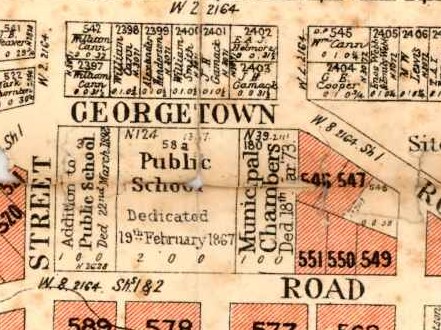
A 1906 real estate poster map shows the 1 acre site marked as “Municipal Chambers, dedicated 18th March 1873”. In 1906 the site was being used for a courthouse. The discrepancy can be accounted for in two possible ways. Being a real estate poster, perhaps they just used an old map without caring too much about how up to date it was? A more likely explanation is that although the building had been sold by Waratah Council in 1879, from a land titles perspective, the land was still gazetted as the Municipal Chambers site.
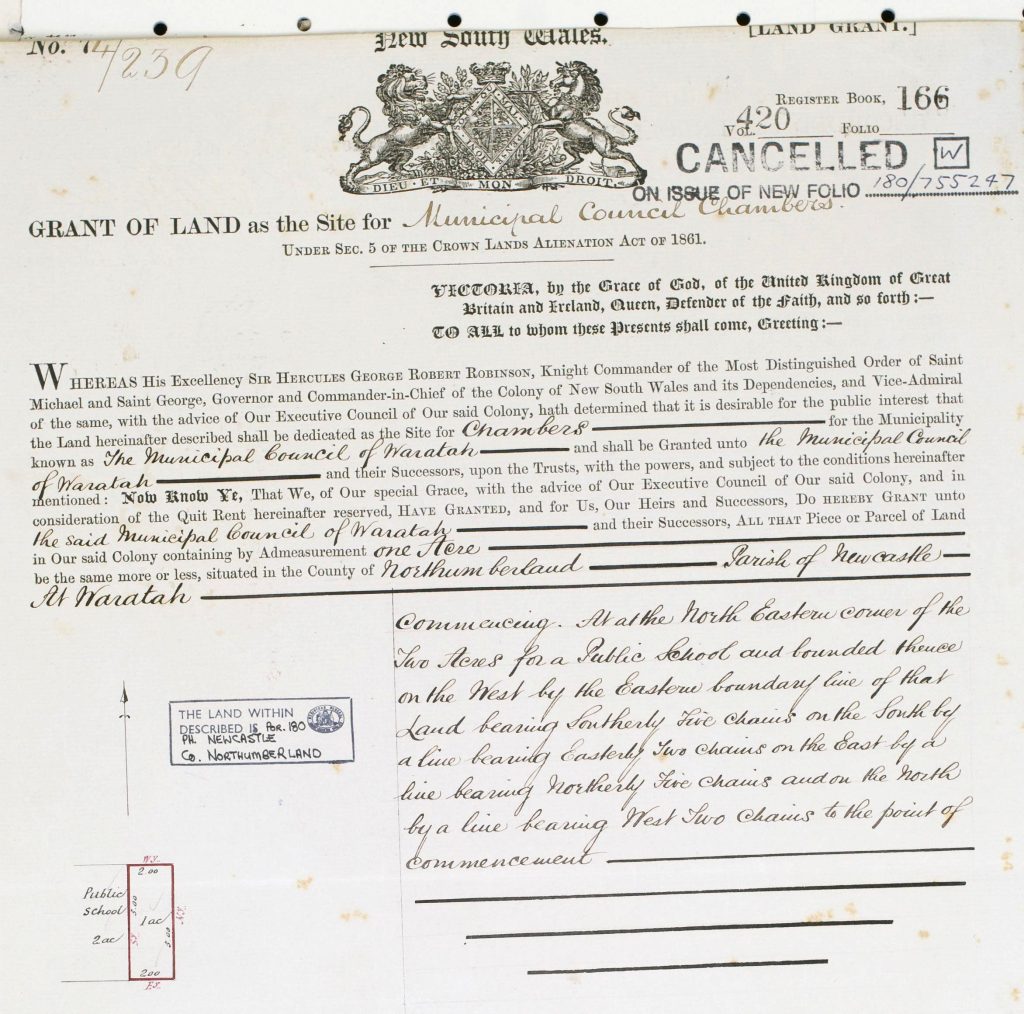
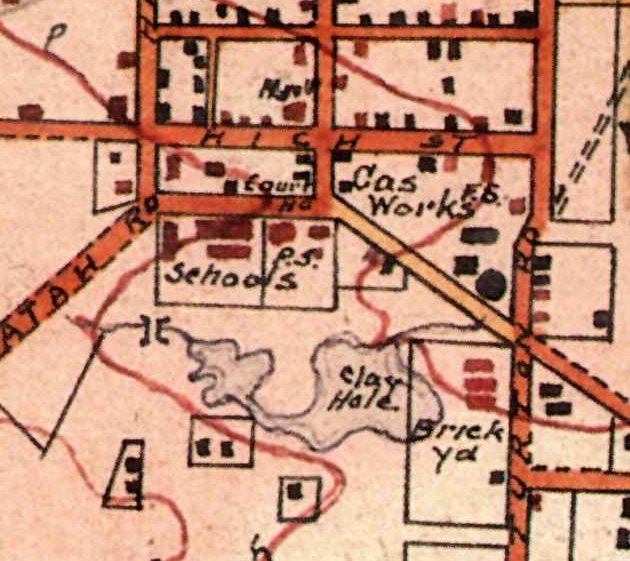
Barrett’s 1910 map of Newcastle is a little bit tricky to decipher, but I believe it has marked “Court Ho” for the court house, and “P.S.” for the police station, as shown in the coloured shading below.
The police station being adjacent to the Court House at this period is attested in this report of needed renovations in1907 …
Attention is again directed to the condition of the Waratah courthouse building. The roof wants renewing with galvanised iron, and the whole building is in need of repair. The fence around the land, and that of the police station adjoining, is also in need of attention.
Newcastle Morning Herald and Miners’ Advocate, 8 August 1907.
Newspaper articles
| Article Date Event Date | Notes |
|---|---|
| 26 Sep 1863 | "I understand that it is the intention of the directors of the Waratah Coal Company to open their line of railway at the latter part of next week with a view to the company immediately commencing operations in the supply of coal." |
| 24 Oct 1863 | "But I think that, if Waratah is to be supplied with water, have its streets formed and lighted, the best way would be by an Act of Incorporation, so as to make those who have most property here pay accordingly." |
| 12 Feb 1868 10 Feb 1868 | Ceremonial laying of the foundation stone for the new public school at Waratah. |
| 10 Dec 1868 | Petition for the establishment of the Municipality of Waratah. |
| 24 Feb 1871 | Municipality of Waratah established. |
| 24 Feb 1872 19 Feb 1872 | Waratah Council meeting: vote for borrowings for permanent works, including council chambers. |
| 16 Mar 1872 11 Mar 1872 | Waratah Council meeting, report on Council Chambers. "Your committee consider that the premises at present rented for Council Chambers are, in many respects, very unsuitable for the requirements of the municipality, but recommend that they be rented at the expiration of the present arrangement for a further period of three months. 2. Your committee further recommend that it is highly desirable that new Municipal Council Chambers be erected on the ground granted by the Government for that purpose, the probable cost of which, after several enquiries made, will not exceed £300. 3. Your committee also recommend that the Mayor be requested to obtain plans and specifications for the erection of Council Chambers, such erection to be of brick, with stone foundations. Large room to be 20 x30; clerks office, 10 x 10; Mayor's office, 10 x 10, with ante-room 10 x 10, with shingle roof ; in making plans and specification the probable cost as above to be respected." |
| 31 Aug 1872 26 Aug 1872 | Waratah Council meeting. Plan and specification for erecting Council chambers accepted, and tenders called for the work. |
| 28 Sep 1872 23 Sep 1872 | Waratah Council meeting. Contracts awarded for erection of Council chambers to - G. Gane, stonework completed, £199 ; A. Bung [Burgh], carpenter's work, £129 ; Thos. J. Turton, plumbing, painting, and glazing, £31 10s. ; plastering and colouring walls, £16 10s. Total, £376. |
| 5 Dec 1872 2 Dec 1872 | Waratah Council meeting. Alteration to the specificaton of the council chambers, for under floor ventilation. |
| 15 Feb 1873 13 Feb 1873 | Waratah Council meeting. Motion carried that the inscription to be placed on a tablet to be built into the wall, over the entrance to the new Council Chambers, should be as follows : — "Waratah Council Chambers, erected A.D., 1873.— Robert Turton, Mayor." |
| 13 Mar 1873 10 Mar 1873 | Waratah Council meeting. "Letters from G. Gane and A. Burgh, asking for an extension of time to complete their contract for building the Council Chambers. Five weeks were granted." "The Mayor's minutes stated that, owing to the blunders of the late surveyor in making the plan and specification for the Council Chambers, no ceiling joists had been provided for ; and as it would take eighteen 21 ft. long, 8 by 2, the contractor had offered to provide and place them for £4 10s. Extra." |
| 18 Mar 1873 | Gazettal of one acre of land at Waratah for Municipal Chambers. |
| 24 Apr 1873 21 Apr 1873 | Waratah Council meeting. Motion carried "That the contractor be informed that if the Council Chambers be not finished and fit for use on the 1st of May, he will be required to pay the rent of the present room." |
| 13 May 1873 | Description of the nearly completed Waratah Council Chambers. |
| 21 Jun 1873 16 Jun 1873 | Waratah council use their newly built chambers for the first time. |
| 16 Aug 1873 | "A memorial to the Colonial Secretary is in course of signature, praying for a court of petty sessions, and offering the Council Chambers to the Government for that purpose, without any charge." |
| 11 Sep 1873 | "I am directed by the Colonial Secretary to inform you that the offer of the Municipal Council, of Waratah afford the use of their Council Chambers as a temporary court-house; has been accepted, and that the Police Magistrate at Newcastle has been instructed to attend at that place once a fortnight for the purpose of holding Courts of Petty Sessions." |
| 27 Sep 1873 13 Sep 1873 | "The Court of Petty Sessions was formally opened here, on last Friday week, but no business has yet been transacted. We have been supplied with magistrates and a chamber where in justice may be administered, but all the addenda necessary to the proper working of the court are wanting, from a clerk for issuing summonses, &c, to the most minor requisite. To what quarter this delay is attributable is one of those mysteries known only to the knights of the red tape." |
| 27 Sep 1873 22 Sep 1873 | Waratah Council meeting. "Letter from the Colonial Secretary, announcing that the offer of the use of the Council Chambers for the purpose of holding a court of petty sessions had been accepted, and that the Police Magistrate would attend from Newcastle every fortnight." |
| 17 Nov 1876 | "Mr. Lewis, Government Architect for this district, inspected the Waratah Council Chambers on Wednesday for the purpose of reporting on its suitability for the purpose of a court-house. If his report should be favourable, the Government will very likely purchase the Chambers." |
| 11 Jan 1877 | "Some time ago an advertisement appeared in the local papers inviting tenders for the erection of a court-house and lock-up at Lambton. This did not suit the plans of the Waratah aldermen, who are desirous of selling their Council Chambers to the Government as a District Court House." |
| 12 Mar 1877 | "There is not likely to be anything more done with reference to inducing the Government to purchase the Council Chambers for the purposes of a court-house. At the last Council meeting Alderman Kerr tried to elicit the opinion of the Council as to what further steps should be taken, but all were dumb, being evidently at their wits' end." |
| 15 Jul 1879 | Waratah Council Chambers Resumption Bill 1879 |
| 26 May 1882 22 May 1882 | Waratah Council meeting. "Letter from the Minister for Justice, dated May 6, stating that representations had been made that the alterations to the Court House were nearly completed, and that great inconvenience arose from the council occupying it; also, that it would be necessary when the alterations were finished for the building to be handed over to the Police Magistrate for the administration of justice. The MAYOR said he understood from the letter that they must pack up and leave. Alderman Cox moved-- "That the Mayor, Aldermen Whiteman and Turton form a committee to find suitable place for Council Chambers, temporarily." |
| 21 Jul 1882 | "The recent improvements to this building have added greatly to its comfort and appearance. The interior and exterior have been painted, the furniture is of the best kind, the magistrates and clerk's rooms have also been renovated; and, altogether, the building will now compare favourably with any in the district." |
| 8 Aug 1907 | "Attention is again directed to the condition of the Waratah courthouse building. The roof wants renewing with galvanised iron, and the whole building is in need of repair. The fence around the land, and that of the police station adjoining, is also in need of attention." |
| 24 Sep 1908 | "Improvement of a substantial character are being made to the Waratah Courthouse. The shingle roof is being replaced with galvanised iron, and the interior is to be renovated, as well as the magistrate's and clerk's rooms." |
| 22 Aug 1922 | "Lambton Courthouse has seen the end of its days of usefulness as far as the Justice department is concerned. Waratah court is to be similarly treated, and from the end of August no more cases will be heard there." |
| 12 Sep 1922 | "Waratah Court has met a similar fate [closure] , but its future use is as yet undecided." |
| 10 Feb 1923 | "The new wing which is being added to the public School at Waratah is nearing completion … The new building will provide additional accommodation for 160 pupils, apart from that provided by the use of the old courthouse, as classrooms." |
| 5 Nov 1926 | Gazettal of portion 2693 (site of Waratah Court House) as addition to the public school. |
| 6 Mar 1942 | National Emergency Service (NES) - "The new divisional headquarters in the old Court House in the grounds of the Waratah boys' school were used for the first time last night, when senior post wardens met there." |
| 4 Dec 1948 | "Reopening of the Georgetown road Courthouse at Waratah will be sought. Mr. J. A. Youngberry said the Courthouse was used 30 years ago when the population was smaller." |

